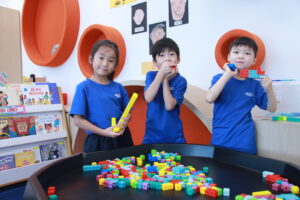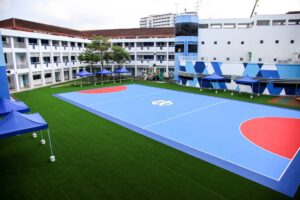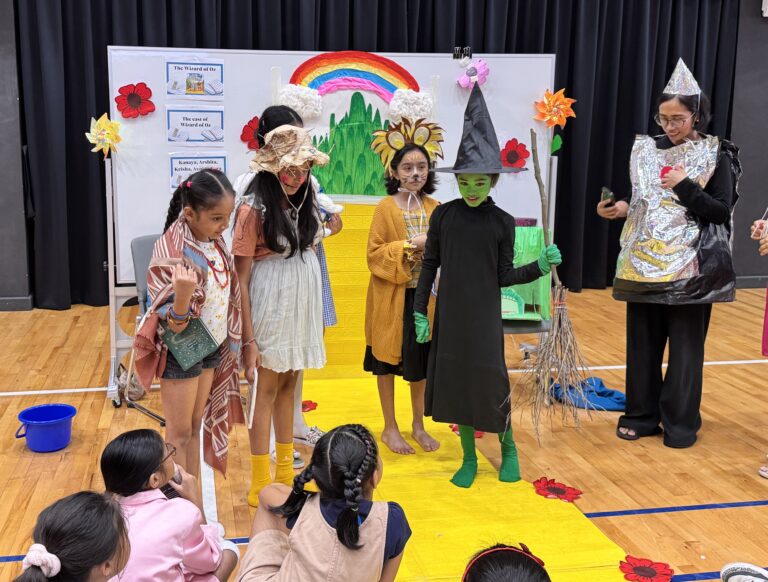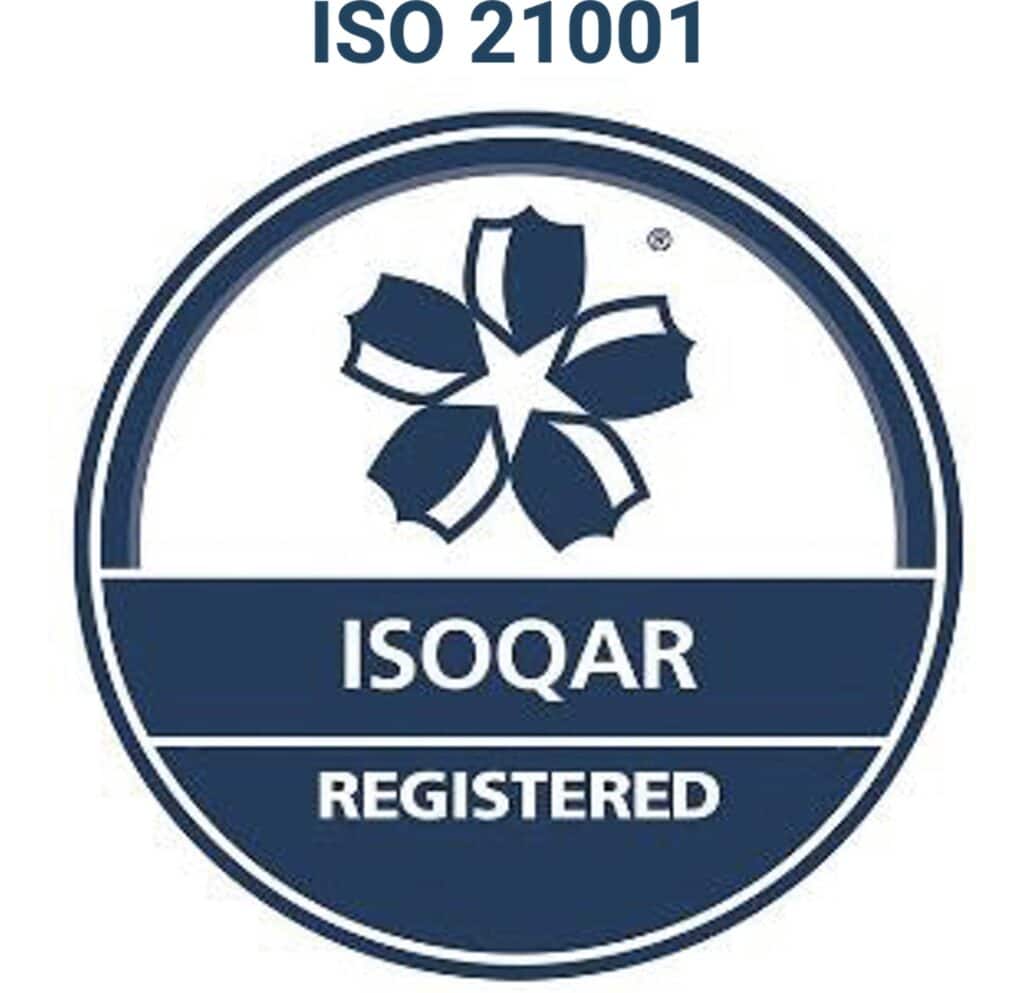Outdoor learning has increasingly become a vital component of effective education, especially in Mathematics. By conducting lessons outdoors, educators offer students unique opportunities to engage with mathematical concepts in real-world contexts. This hands-on approach fosters a deeper understanding of abstract ideas, allowing students to explore mathematical principles through practical experiences.
The outdoor environment not only enhances motivation and curiosity but also encourages collaborative problem-solving and critical thinking skills. As children interact with their surroundings, they gain valuable insights into measurement, geometry, and data analysis while developing a lasting love for Mathematics.
The Benefits of Outdoor Learning in Schools
Outdoor learning is a key component for children enrolled at One World International School. In fact, it’s part of what makes us a leading international school in Singapore. Students and parents find value in our non-traditional classrooms, open-air learning spaces and outdoor activities.
At One World International School, we recognise the immense benefits of integrating outdoor learning into our Maths curriculum:
- Engaging with nature provides valuable lessons in numeracy, from examining the shapes and patterns of foliage to observing natural angles.
- Transitioning from traditional indoor classrooms to open-air learning spaces not only reinforces mathematical concepts but also fosters a passion for the subject through interactive activities.
- The beautifully landscaped environment inspires students, enabling them to move freely and connect with nature, while the fresh air and sunlight invigorate their minds.
We prioritise outdoor Maths activities to enhance our students’ educational experiences and promote their overall mental and physical well-being. This commitment to outdoor learning is a key aspect of what distinguishes us as a leading international school in Singapore.
The Immense Benefits of Outdoor Learning in Maths

Moving the Maths classroom outside gives children a bit of a break in what might otherwise feel like a long school day. There are many benefits to this, including:
- Children can explore mathematical concepts in the real world instead of just inside the classroom.
- The great outdoors is more accommodating of equipment and supplies, allowing children to explore concepts on a much grander scale.
- Outdoor Maths can be motivating, promoting a natural curiosity among children.
- The outdoor arena provides more opportunity for play-based learning, a concept that’s especially impactful for early learners.
- Learning outside the classroom supports the development of healthy and active lifestyles by offering children opportunities for physical activity, freedom and movement, and promoting a sense of well-being.
- It enables children to explore their curiosity, develop team-building skills, and gives them a great sense of independence. Students make useful links in their learning, and this encourages exploration and risk-taking.
How OWIS Conducts Outdoor Maths Activities to Encourage Learning
At One World International School (OWIS), we employ innovative outdoor maths activities to foster a dynamic learning environment. Students utilise various natural media—such as chalk, dirt, mud, and sticks—to create markings for measuring, allowing them to grasp concepts in a tangible way. By exploring direction and position on a larger scale, they can better understand spatial relationships beyond the classroom’s confines.
Additionally, we leverage the outdoor environment for real-world problem-solving, such as determining the most common car colour in the parking lot or calculating the ratio of blue to white cars. Students also engage in practical addition and subtraction exercises using giant dice, promoting student agency as they choose their own numbers to work with. This hands-on approach encourages active participation and enhances their numerical skills.
Furthermore, they measure the perimeter of real-life objects around the school environment, linking mathematical concepts to the world around them. These activities not only reinforce mathematical understanding but also empower students to take ownership of their learning.
Our outdoor learning extends to teaching shapes and measurements, where students engage in hands-on projects like building dens or forts that meet specific criteria. Recently, our 5th-grade students participated in an exciting lesson on constructing three-dimensional shapes using straws and connectors to replicate structures from ancient civilizations. This project not only connected to their inquiry units but also enhanced their critical thinking and creativity.
In another engaging activity, Primary learners collaborated on our outdoor lawn to design and mark garden plots with string and pegs, forming geometric shapes like triangles, rectangles, and circles. This project deepened their understanding of measurement and geometry while tying in beautifully with their gardening curriculum.
Additionally, students used giant place value counters to grasp the place value system through addition and subtraction, making the abstract concepts more tangible. They also created their own imaginative games that incorporated place value, challenging their friends and honing their Approaches to Learning (ATL) skills. At OWIS, these outdoor Maths activities significantly enrich our students’ learning experiences, promoting collaboration, creativity, and a passion for mathematics.
Outdoor Learning Ideas for Parents
There is much you can do as a parent to help your child practice Maths outdoors. One World International School encourages parent participation at every level. For this reason, our teachers recommend the following activities:
- Conducting a scavenger hunt for shapes
- Using even- and odd-numbered bags for an impromptu bean bag toss
- Buying a deck of playing cards and playing a Maths game outside
- Playing hopscotch or other number-related active games
- Playing a number line race using outdoor chalk
- Creating a “life-size” hundreds chart
- Measuring objects in nature
- Using tree trunks to explore concepts such as circles, radius, circumference and perimeter
If your family is interested in learning more about our private primary school campuses in Singapore, where we believe in the benefits of experiential and outdoor learning, reach out to schedule a tour today.




















